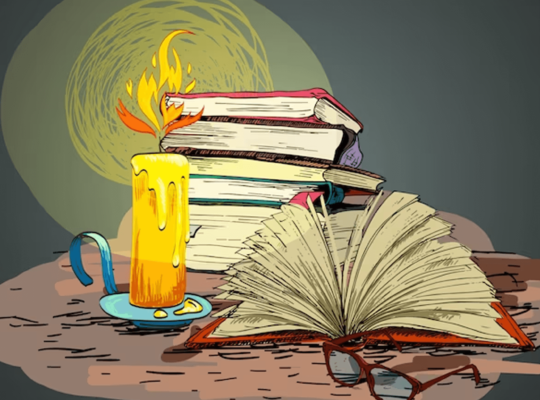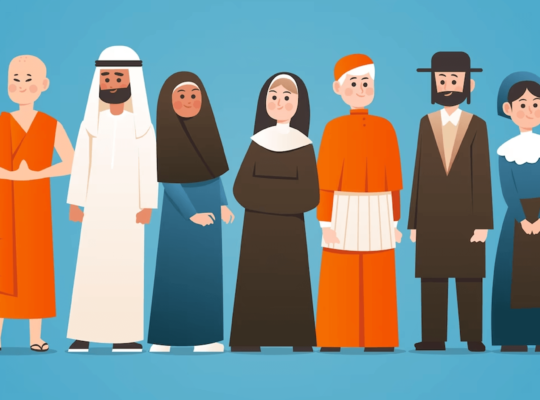Throughout its history, Urdu poetry has gone through various phases of evolution, each leaving a unique impact on its literature. During the medieval era, the language of Urdu, which was initially known as Hindavi, saw a major influence of Persian and Arabic, primarily due to the Mughal Empire’s Persian-speaking rulers. Urdu poetry during this time was mainly focused on religious themes and praises of kings and emperors.
The 18th and 19th centuries saw the emergence of the Ghazal, a poetic form consisting of rhyming couplets with a refrain, which became one of the most significant forms of Urdu poetry. This era also gave birth to some of the most prominent poets in Urdu literature, such as Mir Taqi Mir, Mirza Ghalib, and Khwaja Mir Dard.
In the 20th century, Urdu poetry continued to evolve and diversify, especially after the partition of India in 1947. Poets such as Faiz Ahmed Faiz, Sahir Ludhianvi, and Ahmad Faraz emerged as the voices of dissent and protest against the socio-political conditions of their time. These poets used their verses to highlight issues such as poverty, oppression, and the struggle for independence and democracy.
Apart from the ghazal, other forms of Urdu poetry that gained prominence in the 20th century include Nazm, which is a longer form of poetry with a free structure, and Rubai, a form consisting of four-line stanzas. The themes and styles of Urdu poetry became more diverse, and the language became more accessible to the masses, with a shift towards a simpler and direct form of expression.
The impact of Urdu poetry on South Asian culture cannot be overstated. It has played a significant role in shaping the language, literature, music, and art of the region. Urdu poetry has also been a medium for people to express their emotions, beliefs, and ideas, making it a significant part of the cultural and social fabric of South Asia.
One significant development in the evolution of Urdu poetry during the 19th century was the advent of the “Rekhta” movement, which aimed to simplify the language of Urdu and make it more accessible to the common people. This movement led to the development of a more straightforward and direct style of Urdu poetry that could be easily understood by a broader audience.
During this time, Urdu poets also started to explore new themes and forms. The genre of “Marsiya,” a form of elegy dedicated to the martyrs of Karbala, became more popular. The great Urdu poet Mir Anees is considered a pioneer of Marsiya writing, and his work is still widely appreciated for its depth and beauty.
In the 20th century, the independence struggle against British colonial rule in South Asia inspired many Urdu poets to write about social and political issues. The poems of Faiz Ahmed Faiz, Josh Malihabadi, and Sahir Ludhianvi remain popular and are admired for their bold and progressive views.
Apart from poetry, Urdu literature is also enriched by the contributions of many talented prose writers. Urdu novels, short stories, and essays have had a profound impact on the culture of South Asia. Writers such as Saadat Hasan Manto, Ismat Chughtai, and Qurratulain Hyder are considered pioneers of modern Urdu literature and have contributed significantly to its growth and development.
In recent years, the growth of digital media has brought about a new era of Urdu poetry. Social media platforms like Twitter and Instagram have made it easier for Urdu poets to share their work with a wider audience. Urdu poetry has also found new audiences in non-traditional settings, such as music and film. The use of Urdu lyrics in Bollywood songs has helped popularize the language and has exposed its rich literary tradition to a global audience.
Putting it briefly, the evolution of Urdu poetry is a story of innovation and growth. It reflects the history and culture of South Asia and has contributed significantly to the literary and artistic heritage of the region. The richness and diversity of Urdu poetry continue to inspire people around the world, and its impact can be seen in many different aspects of our daily lives. The beauty of Urdu poetry lies in its ability to evoke emotions and connect people through language and shared experiences. It is a testament to the power of words and their ability to transcend time and place.

Meet Sir Faisal Amin – a visionary educator and content management expert, who has made a lasting impact in the education sector with his unwavering commitment and passion.



















